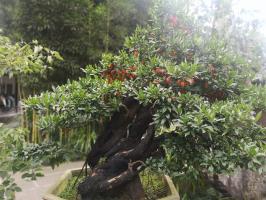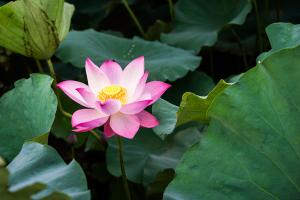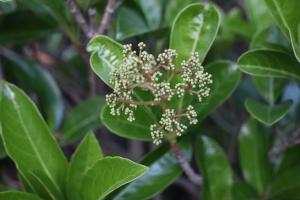Bidens pinnatifida
Bidens pinnatifida is named because its leaves are divided into three compound leaves or pinnately. Its stem is almost cylindrical, slightly quadrangular, with extremely narrow wings on the petiole. The leaves are usually strip-shaped or strip-shaped lanceolate, with coarse sawtooth on the leaf edge. Its fruit is 3-4.5mm long and 1.5-2mm wide. It belongs to achene. It is often found in roadside and riverside wetlands. The whole herb can be used as medicine and has the effect of detoxification and anti-inflammatory

Bidens lanceolata
This kind of Bidens bipinnata is different from Bidens pinnatifida. Its leaves do not divide and are needle shaped. It is named because it looks like willow leaves. Its leaf edge is also sparsely serrated, its stem is nearly cylindrical, and its fruit is also achene, which is narrow wedge-shaped, has four edges, and is 5-6.5mm long, which is larger than the fruit of Bidens pinnatifida. Similarly, it can also be used as a herbal medicine to detoxify and remove blood stasis
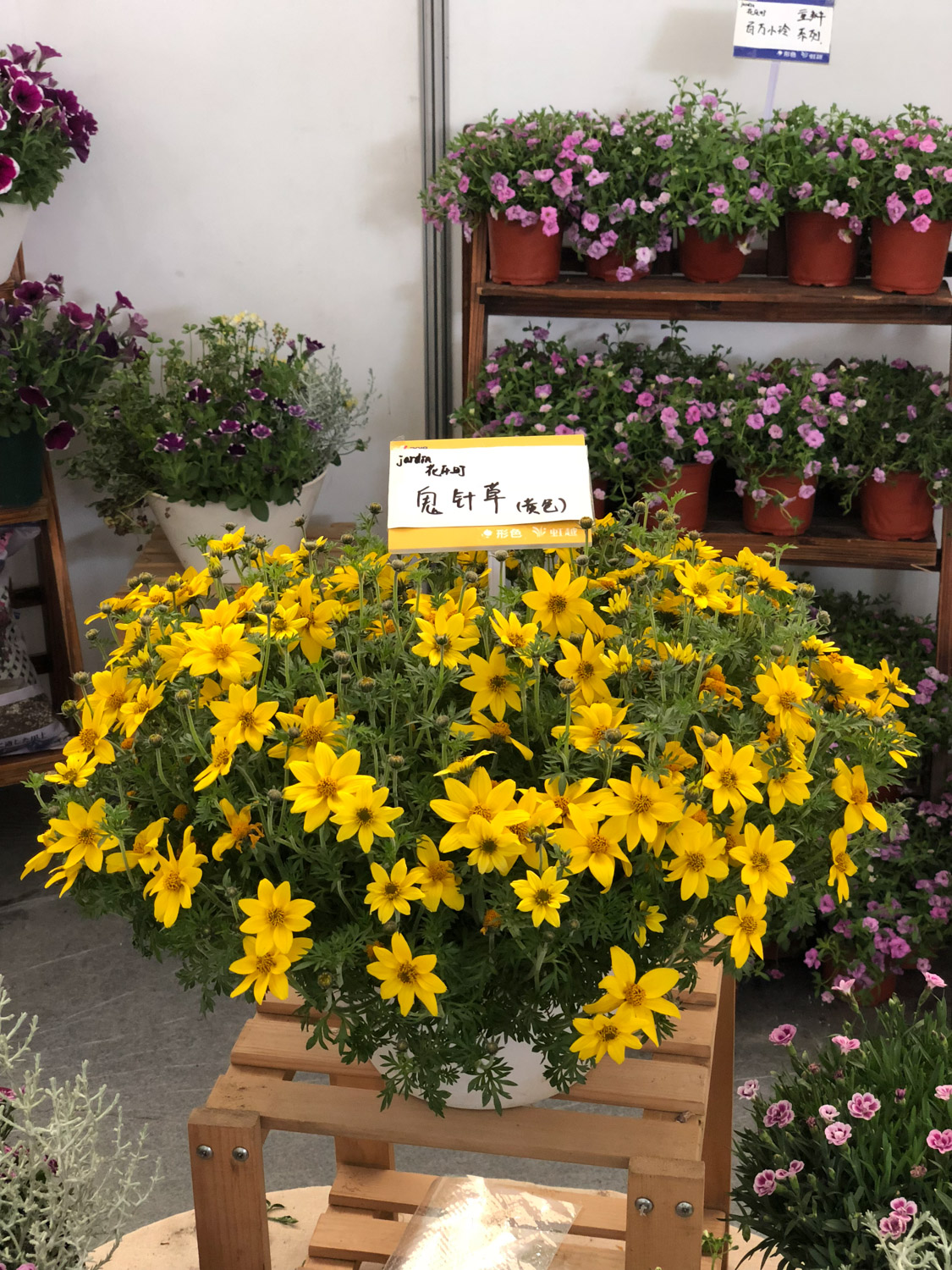
Bidens pilosa
Bidens bipinnata has a blunt quadrangular stem, three lobed or undivided leaflets at the lower part, pinnately compound leaves at the middle and long part, oval leaflets growing on both sides, and oval leaflets at the top, three lobed or undivided. The fruit is also achene, black, 7-13 mm long. Its special feature is that it has white tongue flowers, 5-8mm long and 3.5-5mm wide. It can also be used as medicine, which is different from the other two types of Bidens
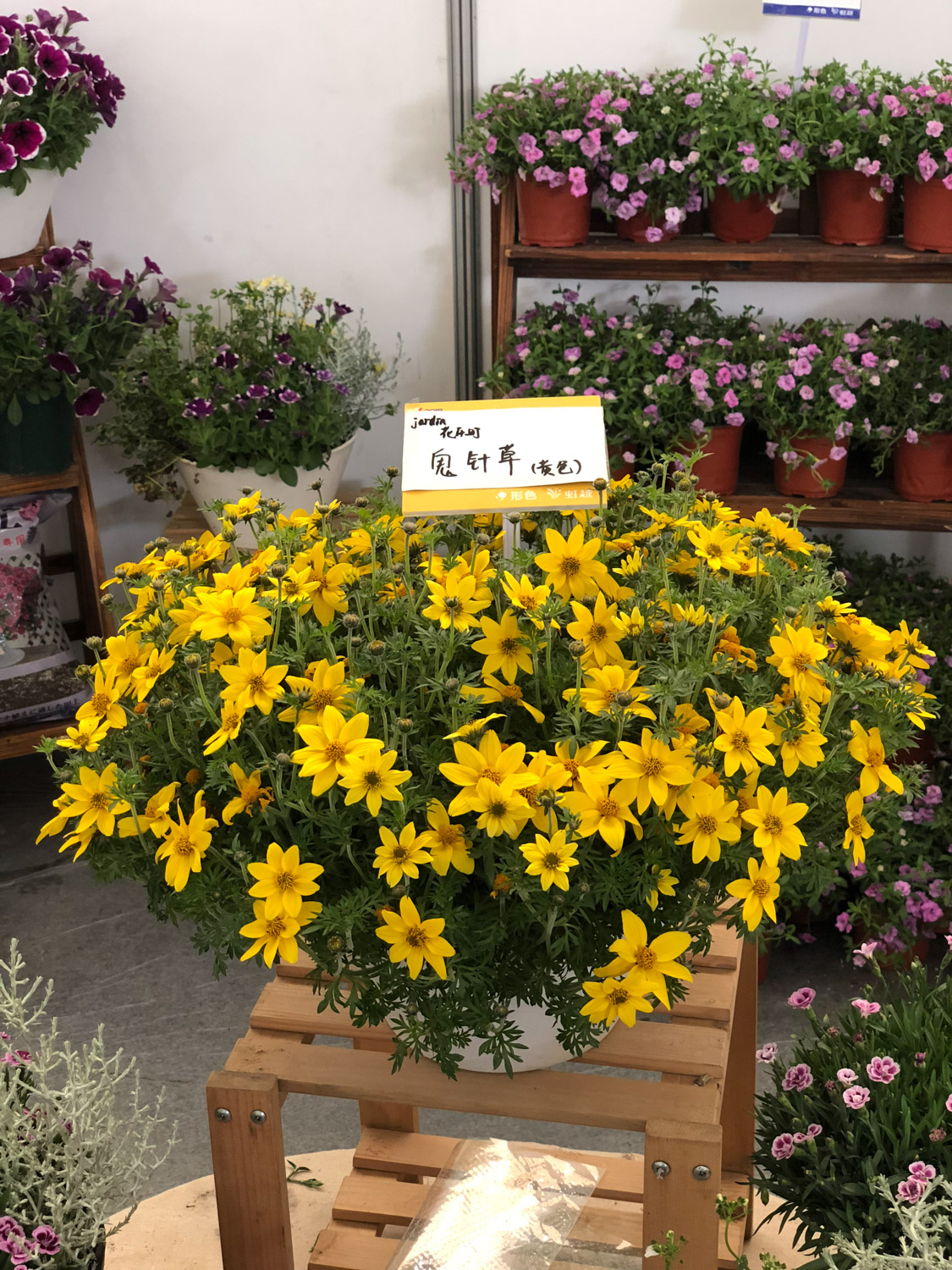
To sum up, Bidens bipinnata, as a common traditional Chinese medicine, is mainly divided into Bidens pinnatifida, Bidens lanceolata and Bidens pilosa, which have their own morphological characteristics while they have something in common. I hope you can accurately identify the species of Bidens when you meet Bidens in your life after clarifying the above points

 jackfruit
jackfruit snake plant
snake plant hibiscus
hibiscus hydrangea
hydrangea lavender
lavender Green roses climb al...
Green roses climb al... If you don't pay att...
If you don't pay att... Management of four g...
Management of four g...